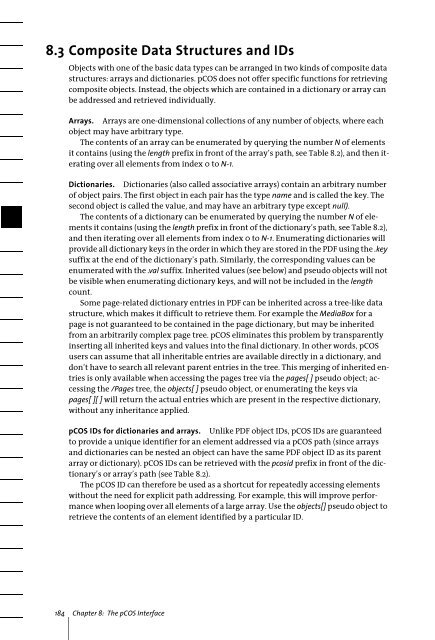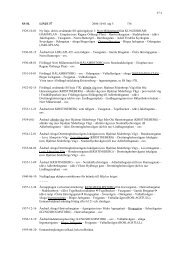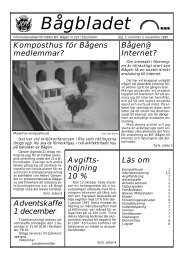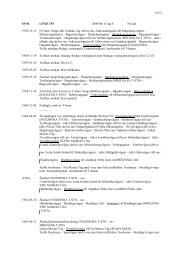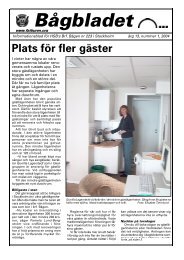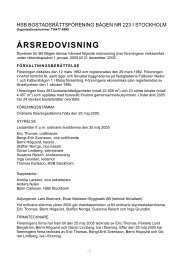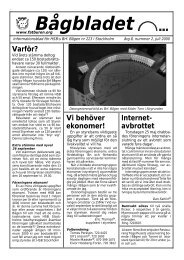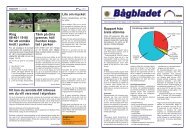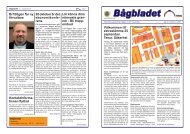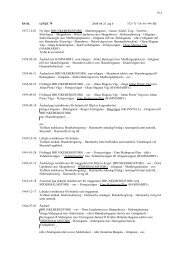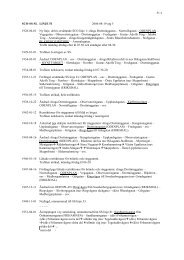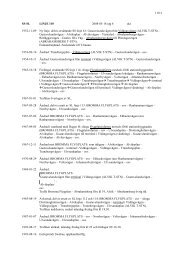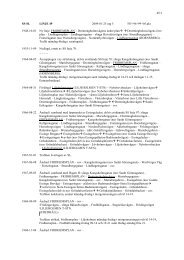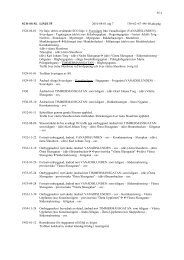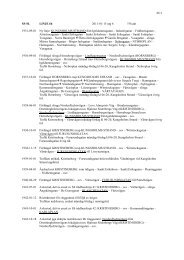Download - Multivac!
Download - Multivac!
Download - Multivac!
You also want an ePaper? Increase the reach of your titles
YUMPU automatically turns print PDFs into web optimized ePapers that Google loves.
8.3 Composite Data Structures and IDsObjects with one of the basic data types can be arranged in two kinds of composite datastructures: arrays and dictionaries. pCOS does not offer specific functions for retrievingcomposite objects. Instead, the objects which are contained in a dictionary or array canbe addressed and retrieved individually.Arrays. Arrays are one-dimensional collections of any number of objects, where eachobject may have arbitrary type.The contents of an array can be enumerated by querying the number N of elementsit contains (using the length prefix in front of the array’s path, see Table 8.2), and then iteratingover all elements from index 0 to N-1.Dictionaries. Dictionaries (also called associative arrays) contain an arbitrary numberof object pairs. The first object in each pair has the type name and is called the key. Thesecond object is called the value, and may have an arbitrary type except null).The contents of a dictionary can be enumerated by querying the number N of elementsit contains (using the length prefix in front of the dictionary’s path, see Table 8.2),and then iterating over all elements from index 0 to N-1. Enumerating dictionaries willprovide all dictionary keys in the order in which they are stored in the PDF using the .keysuffix at the end of the dictionary’s path. Similarly, the corresponding values can beenumerated with the .val suffix. Inherited values (see below) and pseudo objects will notbe visible when enumerating dictionary keys, and will not be included in the lengthcount.Some page-related dictionary entries in PDF can be inherited across a tree-like datastructure, which makes it difficult to retrieve them. For example the MediaBox for apage is not guaranteed to be contained in the page dictionary, but may be inheritedfrom an arbitrarily complex page tree. pCOS eliminates this problem by transparentlyinserting all inherited keys and values into the final dictionary. In other words, pCOSusers can assume that all inheritable entries are available directly in a dictionary, anddon’t have to search all relevant parent entries in the tree. This merging of inherited entriesis only available when accessing the pages tree via the pages[ ] pseudo object; accessingthe /Pages tree, the objects[ ] pseudo object, or enumerating the keys viapages[][] will return the actual entries which are present in the respective dictionary,without any inheritance applied.pCOS IDs for dictionaries and arrays. Unlike PDF object IDs, pCOS IDs are guaranteedto provide a unique identifier for an element addressed via a pCOS path (since arraysand dictionaries can be nested an object can have the same PDF object ID as its parentarray or dictionary). pCOS IDs can be retrieved with the pcosid prefix in front of the dictionary’sor array’s path (see Table 8.2).The pCOS ID can therefore be used as a shortcut for repeatedly accessing elementswithout the need for explicit path addressing. For example, this will improve performancewhen looping over all elements of a large array. Use the objects[] pseudo object toretrieve the contents of an element identified by a particular ID.184 Chapter 8: The pCOS Interface


